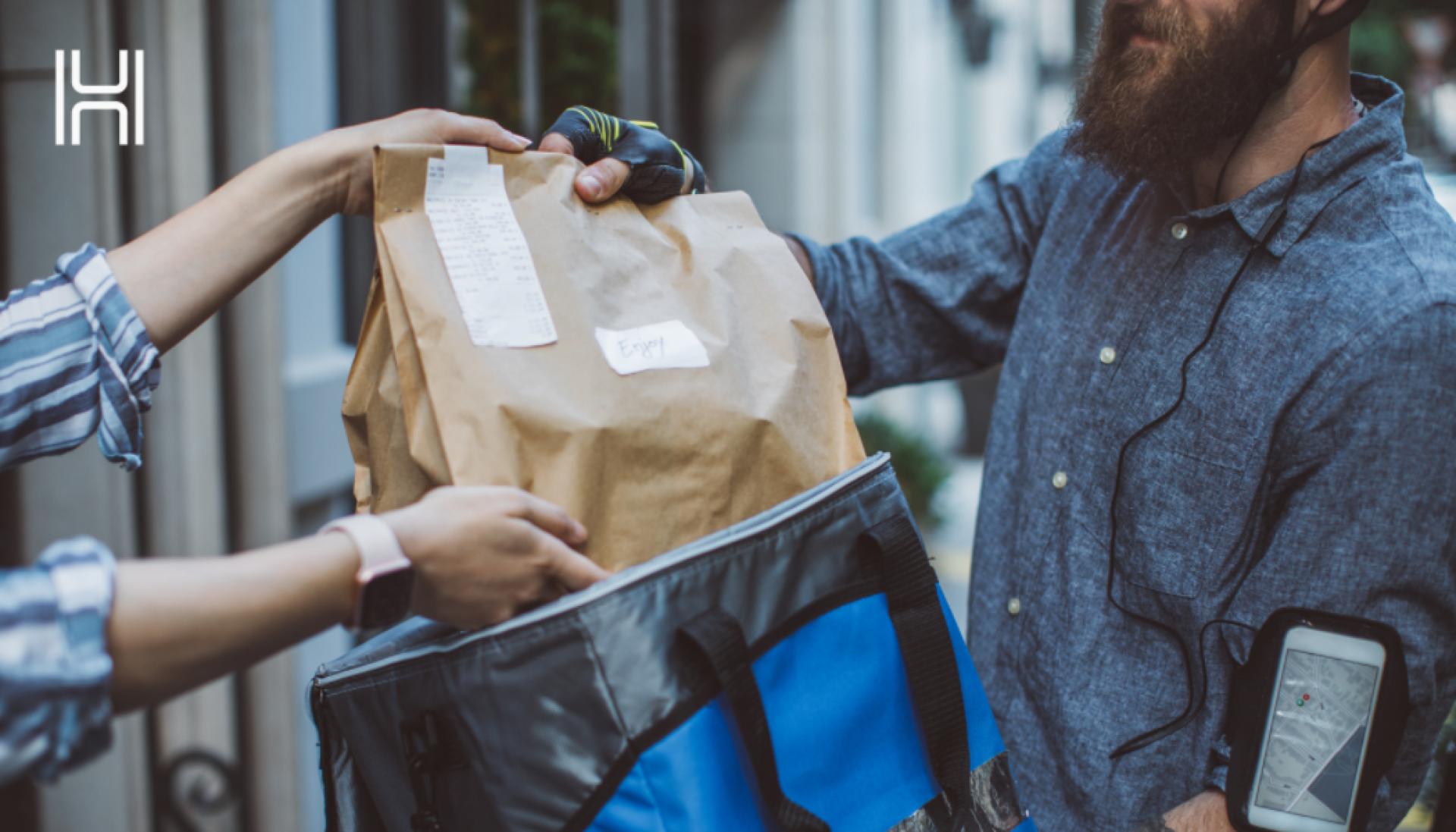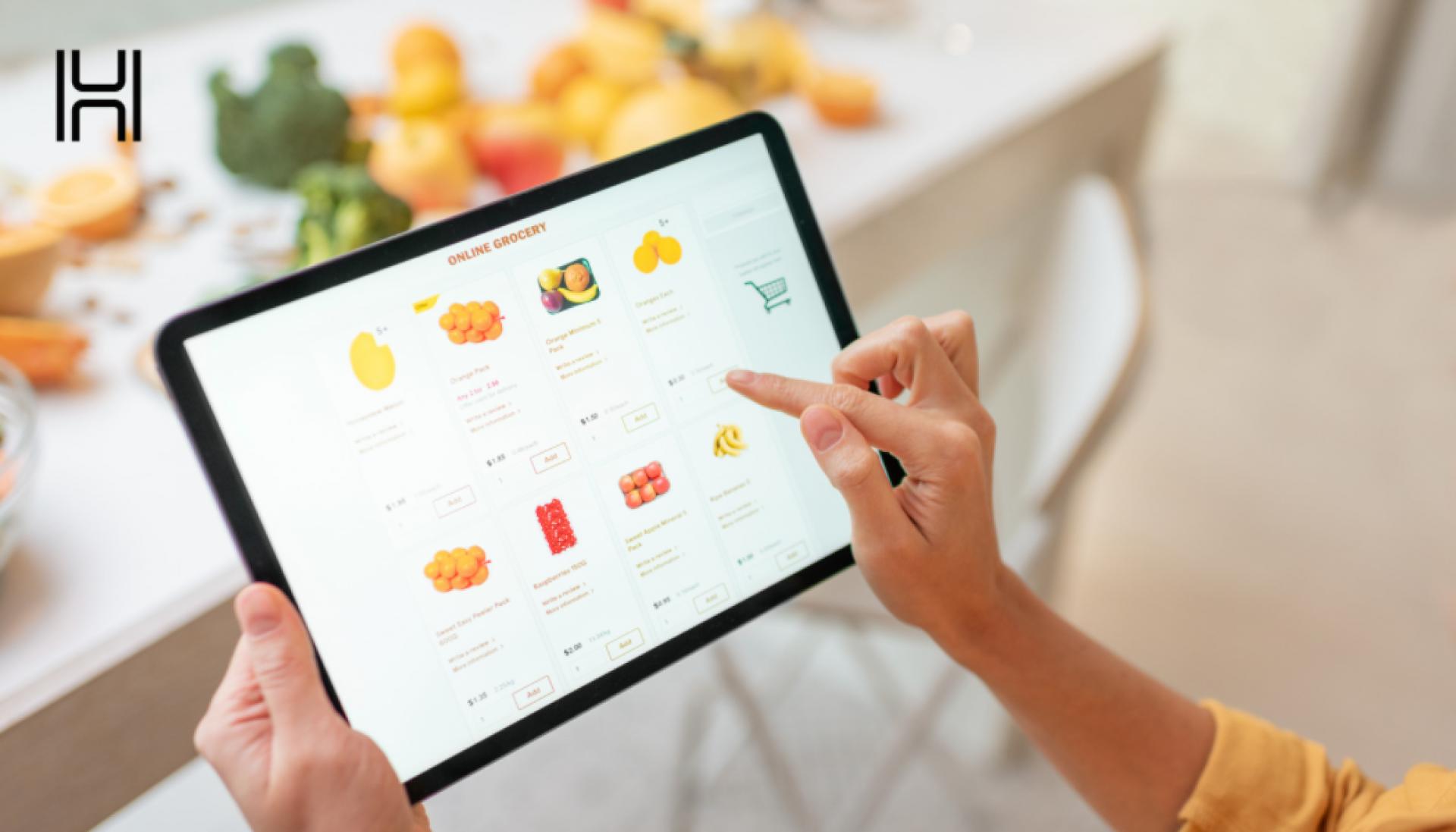The coronavirus lockdown has shown that agile companies are the ones best able to withstand change, with those that have been reactive to the situation and pivoted their offering being best able to save themselves from the threat of closure. Food and beverage companies are reported to have been amongst the worst hit during the lockdown, so it’s businesses in these sectors that have had to be most creative in finding ways to adapt and survive.
Limited government support for small business
Relief for small businesses in the UK has been limited and for some, difficult to access. The coronavirus Small Business Grant Fund promised a one-off cash payout of ten thousand pounds but was only available to companies that qualify for small business rates. That ruled out any business making use of a shared/serviced office or operating from home, equating to many of the smallest or newest firms missing out. A survey on eligibility for the grant carried out by The Grocer found that only 16% respondents were eligible, with 63% ineligible and the remaining 21% not knowing either way. That’s a lot of SMEs falling through the gaps in the official support net.
Another government initiative followed in the form of Business Interruption Loans which were, in theory, more widely available. However, the administration of these is primarily being left to banks, who are notoriously conservative about small business lending.
Offer you a loan, fully backed by the government, at very little risk to us? No, I don’t think so. Have a nice day.
Feedback from SMEs is that these loans are slow to process and approve, meaning they’re of limited help to companies now really feeling the squeeze five months after lockdown hit and as UK recession status is officially confirmed.
This has all left businesses having to be creative to find ways to keep themselves afloat during lockdown and beyond. While food and beverage companies were amongst the hardest hit, a number of them have also been quick to identify and capitalise on opportunities in the changed landscape.
From dine-in to delivery
Technology facilitates agile business in this sector, with a number of existing platforms readily available to leverage companies into new markets and strategies. One key example is the proliferation of hubs like Just Eat, Deliveroo and Uber Eats offering a ready-made route for suddenly empty restaurants to reposition themselves for delivery to customers now stuck at home. Similarly, stores already offering delivery were able to scale up efforts on this side of their business by connecting with app-based services.
Food vendors did face practical challenges of scaling up, given lockdown requirements for additional hygiene and social distancing amongst staff, but the availability of third-party technology offering a ready-made pool of customers, UX system and contactless payment removed many of the hurdles to repositioning into home delivery.
There are worries that these app-based delivery services can be detrimental for some, with delivery fees sometimes higher than even gross profit margins on products. Unlike large scale chains, individual operators have little negotiating power around the terms of service agreements. That said, the unique circumstances of the pandemic meant greater than normal flexibility on the part of delivery services, with some operators waiving or postponing fees to enable small vendors to get online.
When you don’t want your neighbours seeing your 7th takeaway delivery of the week.
In person to online
Lockdown highlighted an economy that rests on a precariously balanced supply chain, with disruption to cashflows hitting small producers the hardest. Supermarkets and large retailers delisted products to focus on carrying increased levels of essential stock, meaning a sudden unexpected freeze on regular orders for many businesses. Even producers of items with booming sales faced difficulties, as they struggled to find cash to ramp up production and meet soaring demand for stockpile essentials.
It’s generally considered difficult for fast moving consumer goods (FMCG) to be profitable via direct to consumer channels: individual customers place small orders and want free shipping, so producers do better with their items stocked by larger retailers. Amazon offers a route around this with its third-party selling model via Amazon Marketplace.
Amazon’s sales have soared in lockdown, perfectly placed as it was to take advantage of the supermarkets’ struggle to meet unprecedented demand for home delivery. It responded to this by increasing its grocery offering with a big push on its Amazon Fresh service – helpful to food and beverage third-party vendors as, not only are site visit numbers huge, but customers are becoming more familiar with Amazon as a source of FMCGs.
Try not to think about your money going to this guy though, you’ll sleep better.
The overwhelming shift to online shopping during lockdown has meant that survival of businesses depends on embracing web-based sales as a current necessity, rather than just viewing it as an opportunity for future growth. Piggybacking on established retailers such as Amazon gives small businesses a head-start on the online infrastructure needed to start selling quickly.
If we’ve really entered a “new normal”, with unprecedented proportions of work and social time being spent at home, it’s going to be more important than ever for food and beverage companies to be creative about attracting consumer spend. Whatever route they choose, it’s clear that being flexible, adaptable and responsive to the current climate is going to be more important than ever for food & beverage SMEs – through lockdown and beyond.


